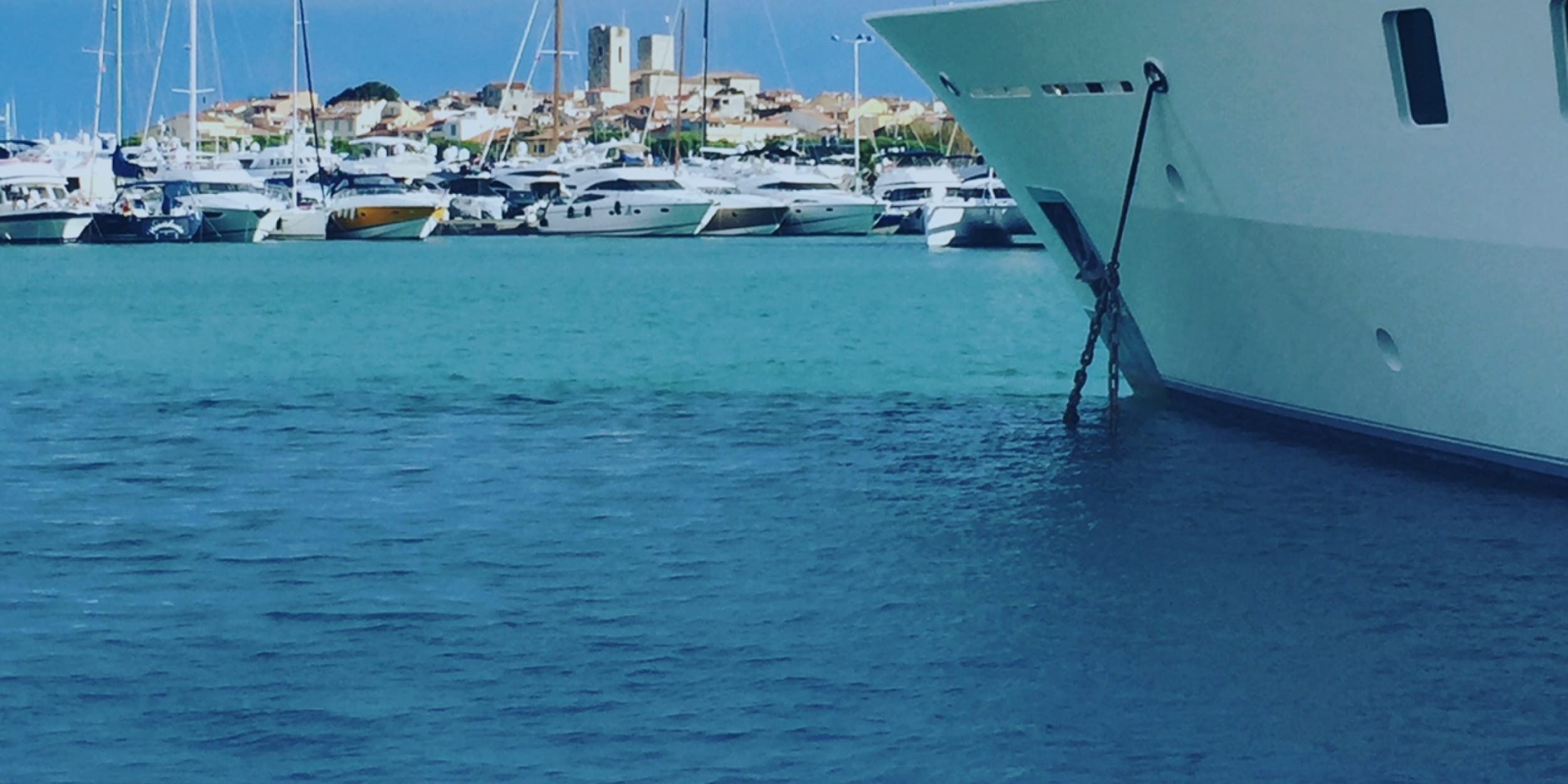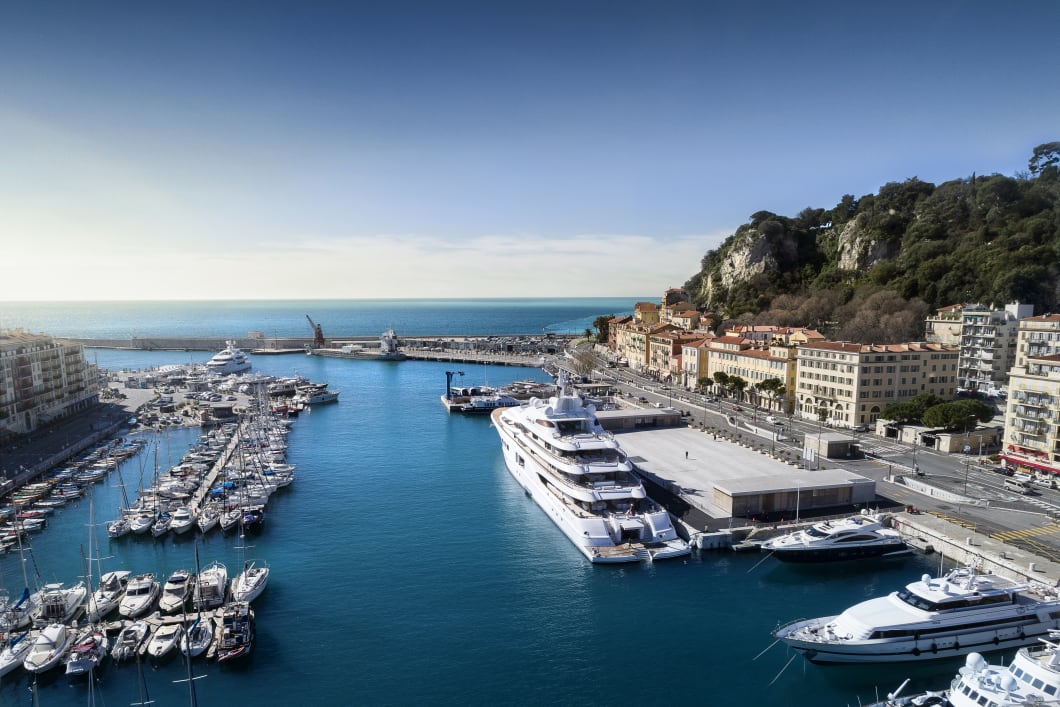
What is a port?
A port is an infrastructure that allows ships to take shelter and carry out loading and unloading operations. There are seaports, river ports, lake ports and dry ports to store the smallest units on land. To fully understand port systems, their characteristics, organisation and modus operandi, a distinction must be made.
Commercial ports
Commercial ports whose vocation is to accommodate passenger transport, such as ferries or cruise ships, and freight transport. As 80% of the world's merchandise trade is carried out by sea, they are a base for our commercial exchanges.

In France, there are 66 commercial seaports: 12 of them are State seaports (Major Maritime Ports or ports of national interest) and 44 come under the jurisdiction of local authorities or their groupings.
In France, there are 66 commercial seaports: 12 of them are State seaports (Major Maritime Ports or ports of national interest) and 44 come under the jurisdiction of local authorities or their groupings.
In the Alpes-Maritimes, the Port of Nice provides maritime links with Corsica, with regular passenger and freight traffic. It also handles the activity of transshipped yachts, the transport of cement factory production from the Paillons valley and enables building and public works yards to obtain supplies and remove excavated material. In the Alpes-Maritimes, the Port of Nice provides maritime links with Corsica, with regular passenger and freight traffic. It also handles the activity of transshipped yachts, the transport of cement factory production from the Paillons valley and enables building and public works yards to obtain supplies and remove excavated material.
Port Observatory
Atlas of port activities in the Alpes-Maritimes 2019
Ferry activity map: pages 14-15
Cruise activity map : pages 16-17
Freight activity/cargo activity map: pages 18-19
Franco-Italian Port Economic Observatory (map library) – Maritime zone
Ferry, cruise, cargo maps
Marinas
Marinas were created from the 1960s onwards to accommodate private recreational crafts. These ports are under the jurisdiction of local authorities, which can choose to operate them under their own management (by their own departments) or under concession, entrusting them for a fixed period to chambers of commerce and industry, mixed companies, private companies or associations.

These marinas receive ships of different sizes, between five and twenty metres, sometimes up to thirty metres. The vast majority of recreational crafts are less than 6 metres in length (75% of recreational crafts in France).
Each port offers services adapted to the needs of vessels and recreational boaters, with annual, quarterly, monthly or overnight berths.
In 2015, more than 1,029 marinas were counted in France, including 473 seaports and 556 ports in river or lake areas, representing a total capacity of more than 200,000 berths.
Écologique solidaire
The Alpes-Maritimes hosts a significant proportion of this offer, with a capacity of 17,700 berths in 38 port sites (data of 2018).
Port Observatory
Atlas of port activities in the Alpes-Maritimes 2019
Recreational boating/yachting activity map: pages 23-24-25
Franco-Italian Port Economic Observatory (map library) – Maritime zone
Recreational boating map
In addition to commercial and recreational activities, there are also port sites dedicated to industrial activities, military activities or professional fishing.
In the Alpes-Maritimes, professional fishing is present in 21 ports with 169 dedicated berths (data of 2018).
Franco-Italian Port Economic Observatory – Maritime zone
Fishing map

The infrastructure of a port includes basins, bordered by docks usually with secure platforms, handling equipment, piers and breakwaters.
The sheltered body of water is the central element of a port, with a layout adapted to the manoeuvring of ships and their docking, with berths.
Harbour accesses include the access channels through which ships come in or out to sea and the harbour entrances, which are openings between dykes and piers.
Port structures are the backbone of the port and form two distinct groups: external structures designed to create shelter from the sea and wind, including dykes, piers, groins or breakwaters; internal structures consisting of basins and piers bordering the quays for berthing ships.

